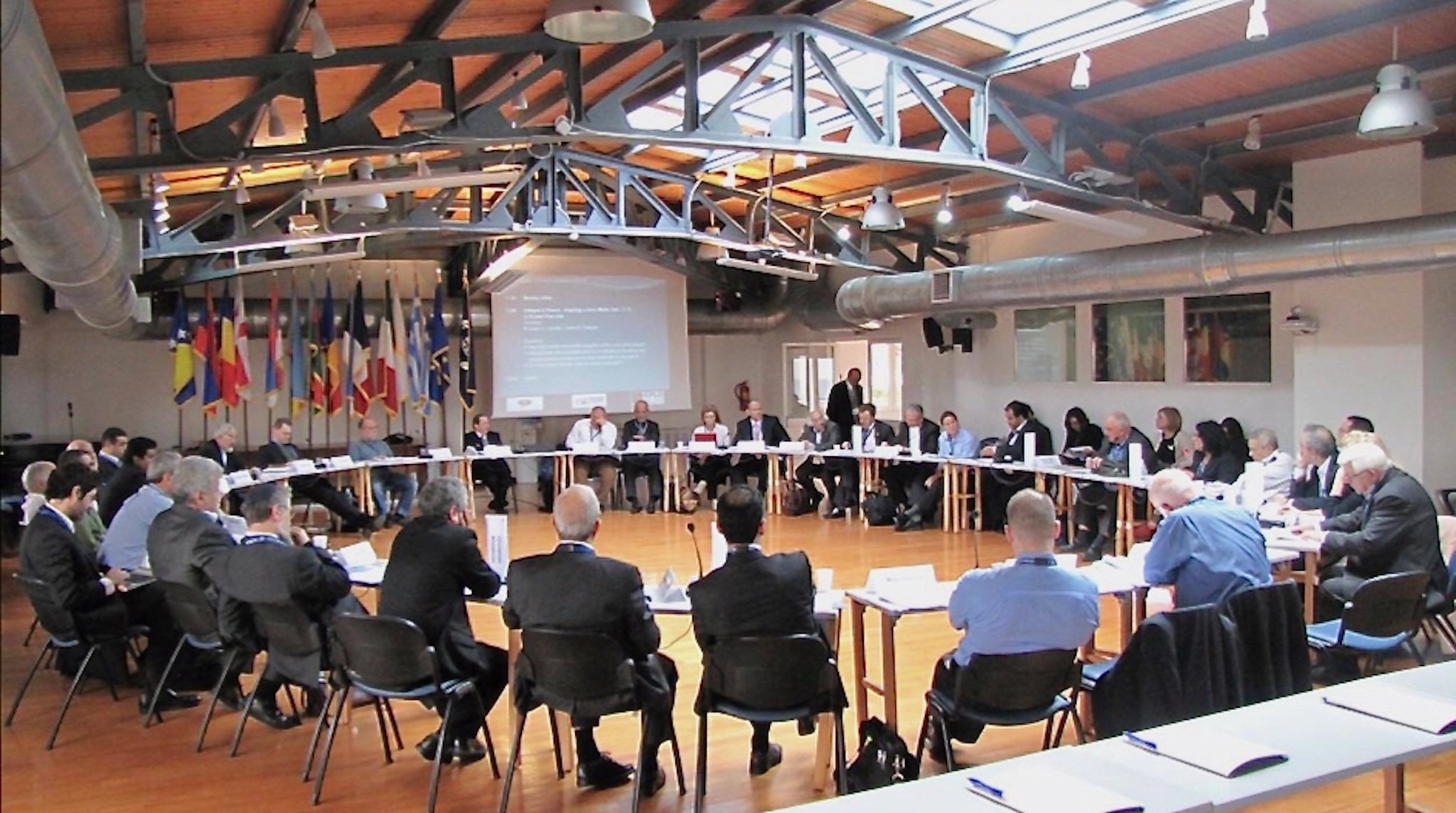
People tend to think of "harm" as limited to the individual human body or psyche. However, nuclear harms violate not only the human body, but also the biosphere on which all life depends. Despite this, ethical thinking on the nuclear age remains human-centred. To render these human-biosphere connections visible in nuclear discourse, this project problematizes Andrew Linklater's efforts to globalise the liberal harm principle by (re)constructing the Antipodean nuclear philosophy of the late environmental philosopher, Richard Routley/Sylvan, through archival research.︎
Principal investigator: N.A.J. Taylor︎
Institutional partner: John Denis Fryer Memorial Library of Australian Literature︎
Sponsors: Australian Federal Government and The University of Queensland
Funding: $110,000 (external)
Key output: an award-winning doctoral thesis︎

The Archive of Nuclear Harm collected and displayed materials on life and death in the nuclear age. We also designed and delivered educational programs. Items of interest included artworks and other cultural artefacts that explore the full range of harms—to bodies and the biosphere—that are inflicted by both the civilian and military applications of nuclear technology, as well as the universal problems of nuclear contamination and waste. Since the legacy of the nuclear age must be conceived on timescales of up to one million years and threaten the continued safe operating conditions of Earth’s biosphere, this will be a memory institution like no other.︎
Principal investigator: N.A.J. Taylor︎ Sponsors: Alphaville Theatre Company / Australia Council for the Arts; Ghost Foundation; Nuclear Futures Partnership Initiative / The University of New South Wales; The Seed Box: A MISTRAS-FORMAS Environmental Humanities Collaboratory / Linköping University; The University of Alabama; The University of Montreal; The University of Queensland; Whitman College
Funding: $20,000 (external)
Key output: a manifesto︎
Principal investigator: N.A.J. Taylor︎ Sponsors: Alphaville Theatre Company / Australia Council for the Arts; Ghost Foundation; Nuclear Futures Partnership Initiative / The University of New South Wales; The Seed Box: A MISTRAS-FORMAS Environmental Humanities Collaboratory / Linköping University; The University of Alabama; The University of Montreal; The University of Queensland; Whitman College
Funding: $20,000 (external)
Key output: a manifesto︎

A regional dialogue in Athens on the proposal to establish a Middle East zone free of nuclear and other weapons of mass destruction as well as their means of delivery. In preparation since April 2010, the dialogue was the product of extensive consultation with key stakeholders in the Middle East as well as outside the region.︎
Principal investigators: N.A.J. Taylor︎, Joseph A. Camilleri (La Trobe University)︎, and Michael Hamel-Green (Victoria University)︎
Institutional partners: European Public Law Organisation︎ and La Trobe University’s Centre for Dialogue︎
Sponsors: United Kingdom Foreign & Commonwealth Office, La Trobe University, and The University of Queensland
Funding: $125,000 (external) + $25,000 (internal + in kind)
Key output: three days of Track Three Dialogue and an associated book translated into Farsi, Hebrew and Arabic︎
Principal investigators: N.A.J. Taylor︎, Joseph A. Camilleri (La Trobe University)︎, and Michael Hamel-Green (Victoria University)︎
Institutional partners: European Public Law Organisation︎ and La Trobe University’s Centre for Dialogue︎
Sponsors: United Kingdom Foreign & Commonwealth Office, La Trobe University, and The University of Queensland
Funding: $125,000 (external) + $25,000 (internal + in kind)
Key output: three days of Track Three Dialogue and an associated book translated into Farsi, Hebrew and Arabic︎

I began making photographs of Australian uranium mining sites in the early 2000s whilst working as an applied ethicist in the institutional investment industry, although I did not begin exhibiting or publishing my nuclear photography until 2009. The process of making photographic images, and the decision to publish some of them, has increasingly informed how I both comprehend and communicate the spatial and temporal enormity of nuclear harms. To date fieldwork of nuclear sites has been conducted in Australia, Belgium, England, Estonia, France, Germany, Finland, Iran, Israel, Scotland, South Africa, Sweden, Switzerland, and the United States. I am a active member of the Advisory Board of the Atomic Photographers Guild which was established in 1987.︎
Principal investigator: N.A.J. Taylor︎
Institutional partner/s: Atomic Photographers Guild︎
Key output: an award-winning essay︎
Principal investigator: N.A.J. Taylor︎
Institutional partner/s: Atomic Photographers Guild︎
Key output: an award-winning essay︎

Just as the human body may be subject to either direct exposure to nuclear radiation that harms some cellular component critical for survival (e.g. DNA), it may also face indirect exposure that damages, destroys or in some way interferes with life-sustaining systems (e.g. water). Investors too—such as companies, pension and sovereign wealth funds, and individual investors—all variously face vulnerability to exposure along two pathways: 1. direct exposure through nuclear-related assets allocations or market risk (e.g. nuclear safety, natural events, and terrorism); and 2. indirect exposure to the global problems of nuclear weapons, war, accidents and waste that originate outside the fund (e.g. proximity of members, operations or assets to a nuclear disaster which is not among the funds holdings). A wider-reaching study that underpinned this work was awarded the inaugural prize for sustainable investment research in 2007 where the panel of judges convened by Australia’s University Pension Scheme noted my “pioneering role” which “may have single-handedly debunked any residual concerns [...] and could fundamentally change how [legislators and trustees] now tackle this subject”.︎
Principal investigator: N.A.J. Taylor︎
Collaborators: M. Scott Donald (The University of New South Wales)︎ and Robert McKellar (Harmattan Risk)︎
Institutional partners: United Nations Global Compact Expert Group on Responsible Business in Conflict-Affected and High-Risk Areas︎ and Network for Sustainable Financial Markets︎
Funding: Commercial contracts
Key output: an award-winning report︎
Principal investigator: N.A.J. Taylor︎
Collaborators: M. Scott Donald (The University of New South Wales)︎ and Robert McKellar (Harmattan Risk)︎
Institutional partners: United Nations Global Compact Expert Group on Responsible Business in Conflict-Affected and High-Risk Areas︎ and Network for Sustainable Financial Markets︎
Funding: Commercial contracts
Key output: an award-winning report︎